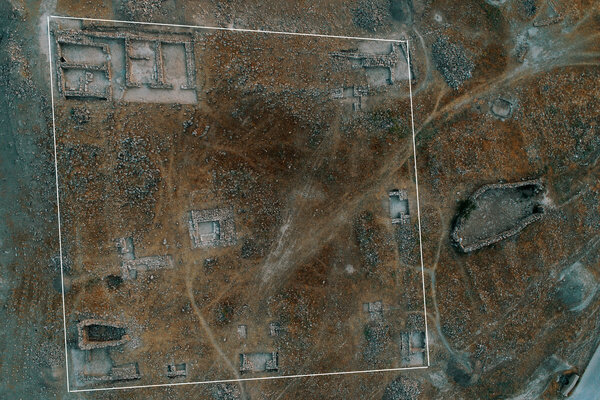Chamshir Dam: archaeologist calls for further excavations

TEHRAN – The excavation on a caravanserai at an ancient site at the basin of the newly constructed Chamshir Dam in southwest Iran needs to be resumed, an Iranian archaeologist has said.
It has not been explored enough in some areas, and not enough information has been extracted, ILNA quoted Noruz Rajabi as saying on Monday.
One of these areas is a vast complex, probably a caravanserai on the route from Khuzestan to the Fars region at the beginning of the Islamic era, he added.
The complex is a square towered building measuring 50 x 50 meters and a large collection of unknown architectural remains around it which need to be explored further, he noted.
For weeks, archaeologists have warned against the planned inauguration of the dam because it may flood ruins and relics from the Elamite, Achaemenid, and early Islamic eras.
Earlier this month, archaeologist Mohammad-Taqi Atai said that 143 ancient spots, estimated to date from prehistoric times to the present era, have been identified during the investigations carried out in the reservoir area of the dam.
The area includes works and settlements from prehistoric times to modern times, and among them, there are the remains of important settlements from the Elamite, Achaemenid, post-Achaemenid, Sassanid, and a significant number of works related to the Islamic period, the archaeologist explained.
Ataei recommended administration officials avoided haste in the inauguration of the dam as a possible threat to ancient antiquities.
Chamshir Dam and hydroelectric power plant are being built 25 km southeast of Dogonbadan City on the Zohreh River of Kohgilouyeh-Boyerahmad province.
Last month, another archaeologist, Saeid Amir-Hajilu, gave notice that a large area of a Sassanid-Islamic site would be completely submerged as a result of the water release behind the dam. There is a high potential for answering ambiguous archeological questions of Iran about nomads from different periods in the area surrounding Chamshir Dam, he said.
As mentioned by Amir-Hajilu, stone architectural structures, pieces of pottery, and glasswork have been identified and documented so far. It seems that the site was a seasonal winter settlement or a resort in the Sassanid period, based on the quality of the architectural structures and the surrounding landscape, he added.
About 70 percent of the archaeological site has been plowed and leveled by farmers, resulting in demolishing many relics buried in this area, he said. “Archaeological excavations have yielded poor results so far due to an extensive level of destruction by farmers.”
Iran is home to one of the world’s oldest continuous major civilizations, embracing settlements dating back to 4000 BC. Formerly known as Persia, the country’s name mostly conjures up the first Persian Empire, ruled by the Achaemenids (ca. 550 – 330 BC) and sites such as Pasargadae and Persepolis.
Moreover, there are tens of prehistorical sites as the Burnt City in Sistan-Baluchestan, Tepe Sialk in Kashan, Susa, and Tchogha Zanbil in the Khuzestan province, and Ecbatana in Hamedan which predate the Achaemenid period.
From a wider point of view, Iranian history can be divided into Pre-Islamic and Islamic eras. The Medes unified Iran as a nation and empire in 625 BC. The Islamic conquest of Persia (633–656) that put an end to the mighty Sassanid Empire (224–651) was a turning point in the history of the nation.
ABU/AM
Leave a Comment